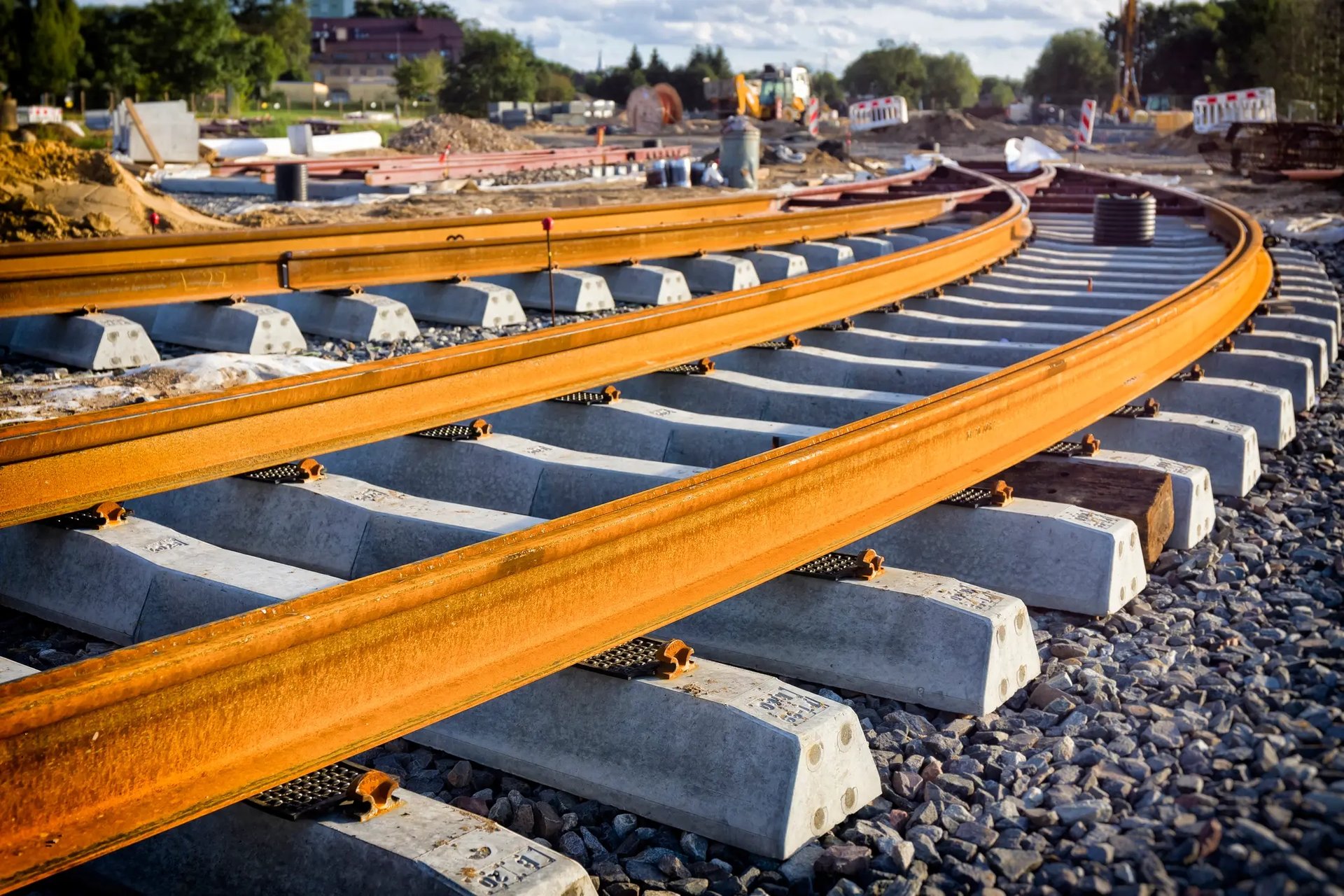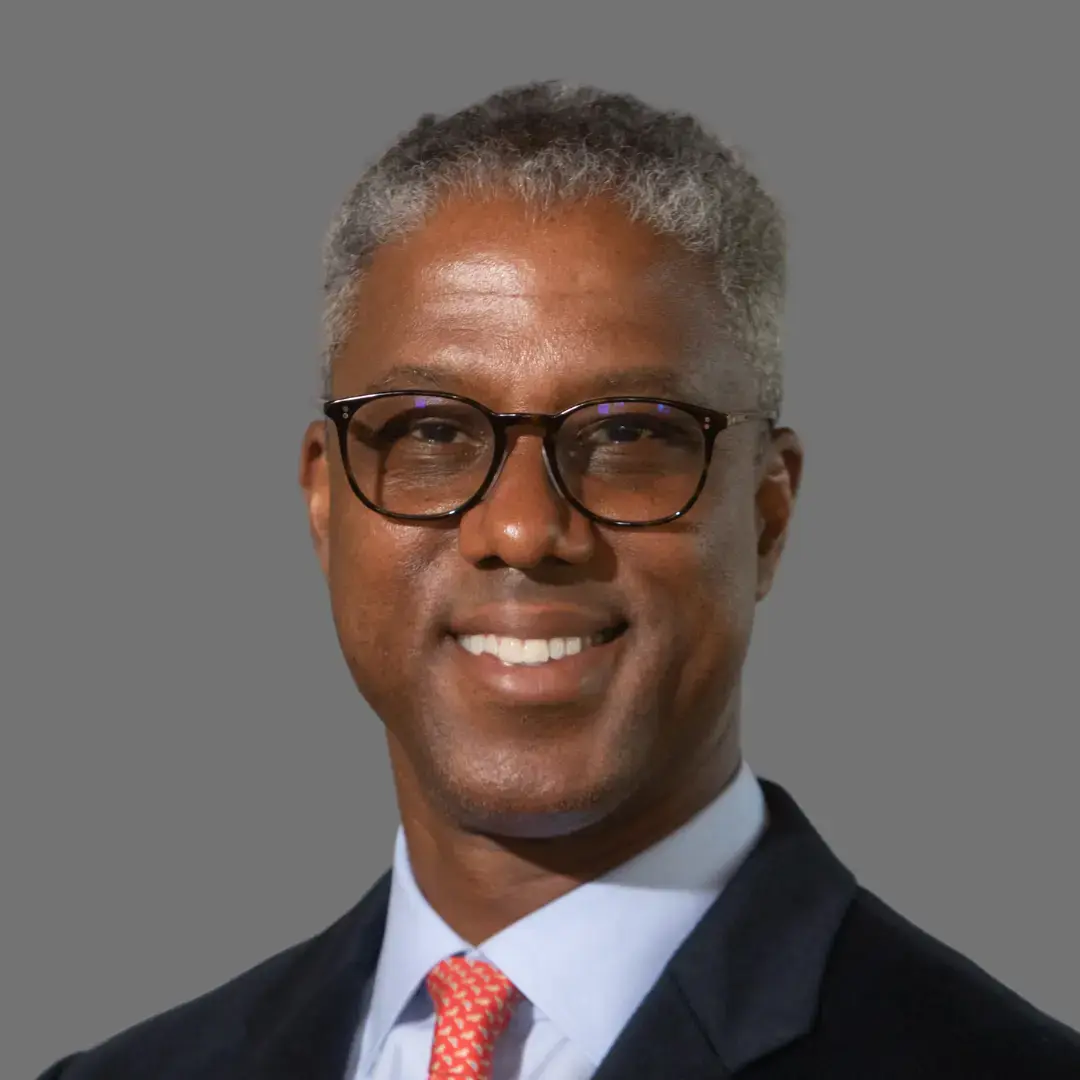What New York Can Learn from California’s High-Speed Rail Mistakes

The California High-Speed Rail, long criticized for its repeated delays and cost overruns, faces a tenuous path forward following the Trump administration’s recent threat to pull $4 billion in federal funds from the project.
On June 4, U.S. Transportation Secretary Sean Duffy released a 315-page Federal Railroad Administration Compliance Review Report, which concludes that there is “no viable path” to complete the project, citing a wide range of issues that boils down to “an inexcusable combination of poor planning, implementation, or mismanagement of contractors, [and] insufficient legal authority and technical expertise,” among other factors.
The California project is a reminder that when early planning fails to account for the full complexity of a project or reflect the realities on the ground, even the most promising efforts can stall. New York should take heed of this lesson as it prepares to invest billions in its own infrastructure future.
Approved by voters in 2008, with the ambitious goal of connecting San Francisco to Los Angeles in under three hours, California’s high-speed rail project was initially slated for completion by 2020 at an estimated cost of $30 billion. To date, while some progress has been made on construction, track laying has yet to begin, and cost estimates have escalated to over $100 billion. The project’s ongoing delays have been driven, in large part, by land acquisition disputes and permitting challenges – issues that could likely have been reduced with more robust early-stage planning and stronger engagement with the communities impacted.
Too often, community engagement is treated as a box-checking exercise that happens later in the process. That is when major obstacles emerge: design plans that clash with local land use, unanticipated environmental or social impacts, and legal or regulatory pushback that stall progress.
Mitigating costly delays and community pushback requires a deep understanding of the realities on the ground—who lives there, how the land is used, what risks exist, and how the project might disrupt or connect people’s daily lives. Just as critical is early and consistent engagement with the local community, which builds trust and helps shape better, more lasting solutions.
On May 9, Governor Kathy Hochul signed into law New York’s fiscal year 2026 budget, which includes $87.4 billion in major infrastructure investments, including the Gateway Project, the MTA Capital Plan, and JFK Airport. With so much at stake, there is little room for error. These projects must be planned right from the start.
The long-running debate over the Brooklyn-Queens Expressway shows what happens when community input is treated as an afterthought. From early opposition in Brooklyn Heights to a 2018 New York City Department of Transportation proposal that would have temporarily replaced the Promenade with a six-lane highway, local pushback has repeatedly forced the city to revisit its plans. A more inclusive approach from the start could have built trust, surfaced workable alternatives sooner, and helped avoid years of delay and controversy.
I grew up less than two blocks away from the Kensington Expressway in Buffalo, perhaps one of the clearest examples of public infrastructure failure in the state. Completed in 1971, the expressway tore through the heart of a thriving Black neighborhood along Humboldt Parkway, displacing families, severing community ties, and replacing a tree-lined boulevard with a sunken roadway. Residents were cut off from parks, schools, and small businesses, and the area saw steep declines in property values, air quality, and public health. These are impacts that continue to shape life in the neighborhood today.
It’s disheartening that, more than 60 years later, the state’s 2022 proposal to reconnect neighborhoods by covering a portion of the expressway drew criticism for failing to consider the full range of community impacts and attempting to bypass necessary processes like conducting an Environmental Impact Statement.
Two things I’ve learned from sitting face to face, with hundreds of community leaders across dozens of U.S. cities is: Communities want to be asked, not told. And they want things to happen with them, not to them.
The old days of transacting are over. Governments, agencies, developers, and other decision-makers must embrace the power of community voice – not as a formality or risk to manage, but as a partner in shaping projects that last and live up to their promise.
Successful infrastructure projects require a deep understanding of the communities they affect, and early, intentional engagement. These upfront investments reduce costs and delays down the line and produce better outcomes that are more sustainable – because communities are invested in their success.
New York can adapt now or risk losing momentum and missing out on the full benefits of building for our future.
Eric Eve is the founder and CEO of New York-based consulting firm Eve & Co.
Ready to realize breakthrough results?
The different types of growth that were enabled
With a more targeted approach, the client transformed its U.S. financial inclusion strategy—gaining a competitive edge and creating lasting impact.
lorem ipsum dolor sit amet, consectetur adipiscing elit, sed do eiusmod tempor incididunt ut labore et dolore magna aliqua. Ut enim ad minim veniam, quis nostrud exercitation ullamco laboris nisi ut aliquip ex ea commodo consequat. Duis aute irure dolor in reprehenderit in voluptate velit esse cillum dolore eu fugiat nulla pariatur.
Nemo enim ipsam voluptatem quia voluptas sit aspernatur aut odit aut fugit, sed quia consequuntur magni dolores eos qui ratione voluptatem sequi nesciunt. Neque porro quisquam est, qui dolorem ipsum quia dolor sit amet, consectetur, adipisci velit, sed quia non numquam eius modi tempora incidunt.
30%
9%
20%
43%
With a more targeted approach, the client transformed its U.S. financial inclusion strategy—gaining a competitive edge and creating lasting impact.
lorem ipsum dolor sit amet, consectetur adipiscing elit, sed do eiusmod tempor incididunt ut labore et dolore magna aliqua. Ut enim ad minim veniam, quis nostrud exercitation ullamco laboris nisi ut aliquip ex ea commodo consequat. Duis aute irure dolor in reprehenderit in voluptate velit esse cillum dolore eu fugiat nulla pariatur.
Nemo enim ipsam voluptatem quia voluptas sit aspernatur aut odit aut fugit, sed quia consequuntur magni dolores eos qui ratione voluptatem sequi nesciunt. Neque porro quisquam est, qui dolorem ipsum quia dolor sit amet, consectetur, adipisci velit, sed quia non numquam eius modi tempora incidunt.

